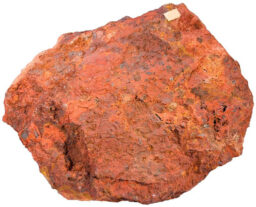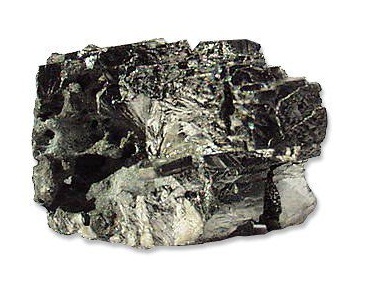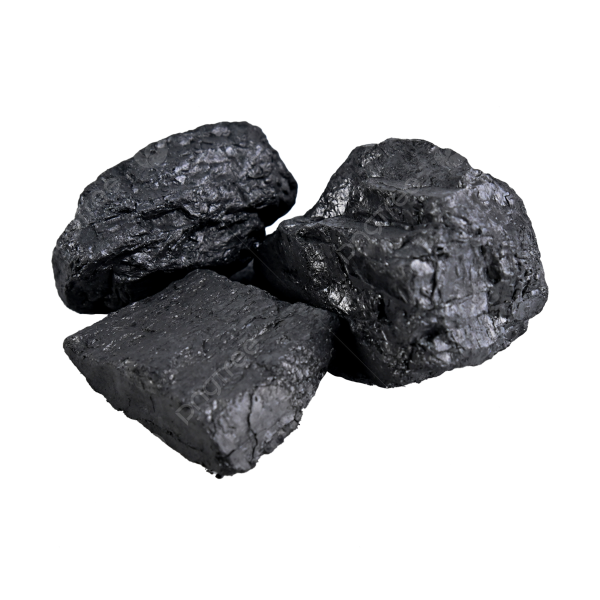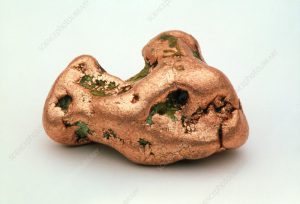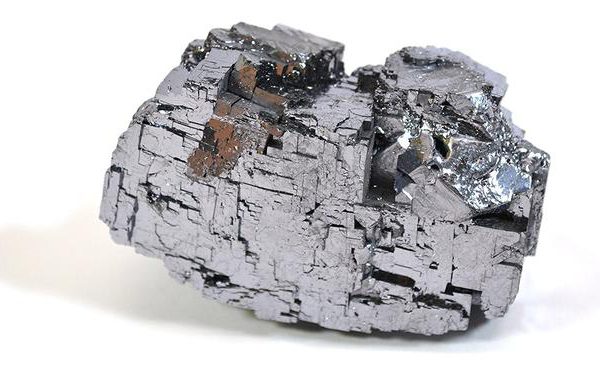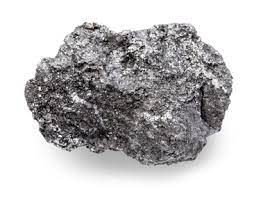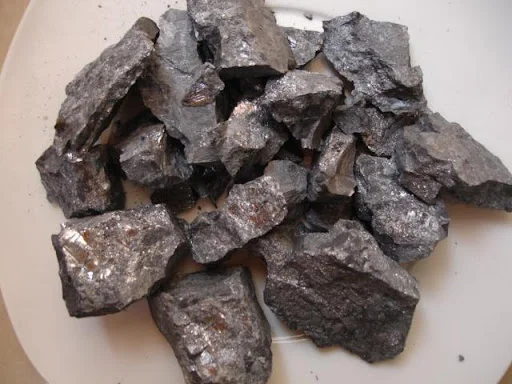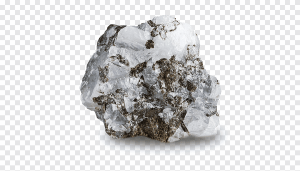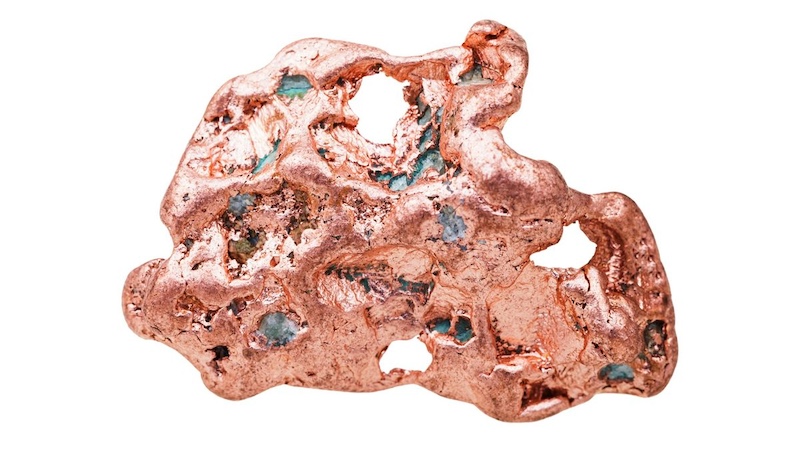
Non-ferrous metals, as the name suggests, are any metal that doesn’t have iron as its main component. While they make up a smaller portion of global metal production compared to their ferrous counterparts, they offer unique properties and play crucial roles in various industries. Here’s a glimpse into their characteristics:
Diversity: Unlike ferrous metals, non-ferrous encompass a wide range of elements, each with distinct properties and applications. This includes copper, aluminum, lead, zinc, nickel, gold, silver, and many more.
Lightweight: Generally lighter than ferrous metals, they excel in situations where weight is a concern, like aircraft construction, electrical wires, and food packaging.
Corrosion Resistance: Many non-ferrous metals resist rust and corrosion better than ferrous options, making them ideal for harsh environments or decorative purposes.
Conductivity: Some, like copper and aluminum, boast excellent electrical and thermal conductivity, vital for electrical wiring, heat sinks, and electronics.
Special Properties: Certain non-ferrous metals offer unique characteristics beyond the basics. For example, silver has strong antimicrobial properties, and certain alloys exhibit exceptional strength-to-weight ratios.
However, these metals also come with drawbacks. Some can be more expensive than ferrous options, and their properties might not be suitable for applications requiring high strength or magnetic functionality.
Here are some common examples of non-ferrous metals and their uses:
- Copper: Electrical wiring, plumbing pipes, heat exchangers, decorative elements.
- Aluminum: Beverage cans, aircraft parts, building materials, food packaging.
- Lead: Batteries, ammunition, roofing sheets (although its use is declining due to environmental concerns).
- Zinc: Galvanizing steel for corrosion protection, alloys for die-casting, batteries.
- Nickel: Stainless steel alloys, coins, batteries, catalysts.
- Gold and Silver: Jewelry, electronics, investment assets.
In conclusion, non-ferrous metals offer a spectrum of properties and applications beyond the capabilities of ferrous metals. Their lighter weight, diverse conductivity, and corrosion resistance make them essential in various industries, contributing significantly to our modern world.
Showing all 9 results


